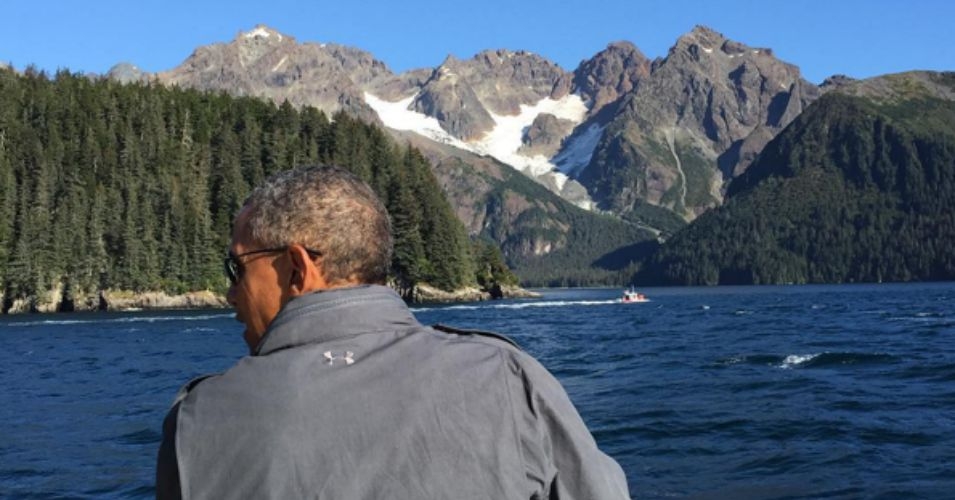More than half of humanity relies on the freshwater that accumulates in mountains.
Nepal has more than 3,000 glaciers and 2,323 glacier lakes. In addition to supplying drinking water and agricultural needs, Nepal’s glaciers and steep mountains offer the greatest hydro power potential in the world, at 84,000 megawatts. United Nations sponsored research shows glaciers in western Nepal receding by as much as 10 meters per year as a result of warming trends.
Reduced rainfall and low water levels in major rivers has forced Nepal Electricity Authority to cut power to 11 hours per day, even in winter.
With its steep terrain topped by glaciers, Nepal has the greatest hydro power potential in the world, at 84,000 megawatts. To date, only a small portion of that has been developed, 600 megawatts – enough to serve a small population who live a much less energy-intensive life than people in the US.
But, with warming, over the last few years, Nepal’s glaciers have already been retreating.
This reduces dry season flows formerly fed by gradual melt water throughout the spring and summer. Now river flow from glacier melt is much more unstable throughout the year, putting at risk both hydro power and agriculture. As glaciers melt, new glacial lakes are forming and overflowing making the flow erratic and unpredictable.
The increasing unpredictability of hydro power due to warming has already created chronic electricity shortages over the last few years, which has already impacted small business.
A Small Factory Foundation Survey recently found that around 41 percent of medium-scale industries have had to close due to the ongoing electricity crisis…
Energy production accounts for as much water usage as agriculture in the United States.
Billions of people throughout Asia rely on these glaciers for water. The Himalayan glaciers feed seven massive rivers: Ganga, Brahmaputra, Salween, Mekong, Yangtze and Huang He, and the Indus. In the Indus Valley, agriculture and water extraction for bottling has caused ground water levels to drop precariously.
Kala Dera, Rajasthan, India (September 4, 2009): Groundwater levels in Kala Dera, the site of Coca-Cola’s controversial bottling plant in India, have plummeted 5.83 meters (19 feet) in just one year between May 2007 and May 2008, according to government data obtained by the India Resource Center from the Central Groundwater Board.
Such a precipitous drop in a single year is unprecedented and has never been witnessed in Kala Dera.
The area of Kala Dera has also been declared a drought area by the government last week, adding to the water shortages in the area.
Adding further to the severe water crisis as a result of dropping groundwater levels and drought are Coca-Cola’s bottling operations. The company reaches peak production capacity in the summer months – using the most amount of water – exactly when the water shortages for the community are the most pronounced.
Farmers and the community in the Kala Dera area rely largely on the groundwater resource to meet all their water needs, the same source of water used by Coca-Cola for its bottling operations.
Coke Sucks
Groundwater levels are expected to drop even further this year as a result of the failed monsoons and Coca-Cola’s continued operations. As of September 3, 2009, the area had received only 50% of the normal rainfall for the season, according to government data. The monsoon season, which contributes to more that 80% of the annual rainfall, is expected to end by September 15.
Taken for granted till now, water shortage is becoming a serious crisis, even in the US. Two books, Unquenchable: America’s Water Crisis and What To Do About It and When the Rivers Run Dry: Water–The Defining Crisis of the Twenty-first Century



